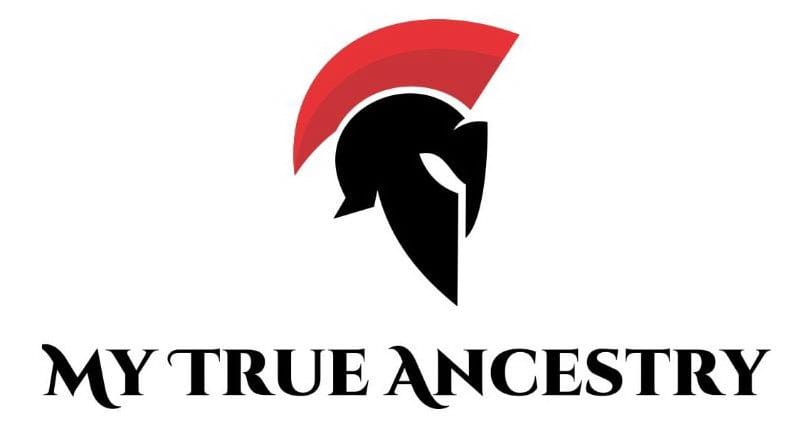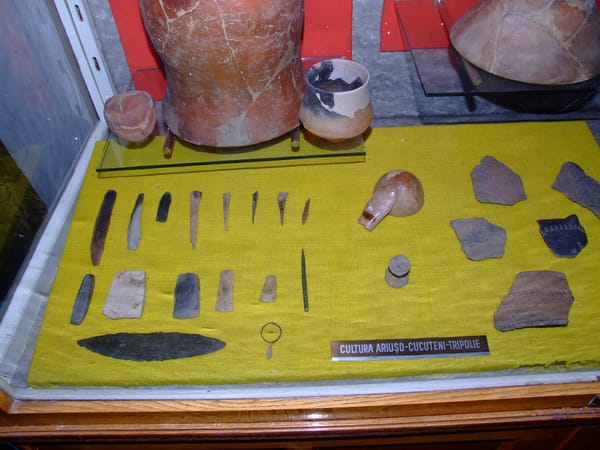Ancient DNA in the 5th Millennium Carpathian Basin




In the rolling hills of Northern Hungary lies the Aszód-Papi földek, a Late Neolithic site where time itself seems to have paused to tell a story. Spanning an impressive 35-40 hectares, it houses a treasure trove of 224 graves, reflecting a vibrant society dating back to around 4800-4640 BCE. The graves reveal a fascinating tableau of community life, with individuals buried along definitive lines of age, gender, and social standing. The artifacts found here, like polished stone mace heads and Spondylus ornaments, speak of a society deeply embedded in cross-regional interactions, reaching beyond the Great Hungarian Plain. Located on the Gödöllő hillside, this sprawling settlement bears testament to cultural interchange, as seen in the presence of both Lengyel and Tisza-style pottery. This mingling of styles hints at dynamic cultural dialogues between communities. Grave goods such as polished stone mace heads and boar tusk pendants suggest a society with complex status distinctions, where such items were markers of leadership and prestige.
Sitting along the western bank of the Danube River, the site of Budapest-Albertfalva uncovers its layered history during excavations revealing both Bronze and Copper Age elements. The early Copper Age features included crouched burials adorned with intriguing Ludanice-style pottery alongside remnants of daily life like animal bones and stone tools. These discoveries paint a complex picture of human existence some 4000 years ago. In the heart of modern Budapest, an Early Bronze Age Bell Beaker settlement revealed traces of an earlier Early Copper Age community. Characterized by crouched burials and varied archaeological features, this site provided glimpses into funerary practices and the movement of populations, with items like Ludanice-style pottery and stone tools found alongside human and animal remains. The four burial features, rich in cultural offerings, paint a timeline from 4395-3930 cal BCE, bestowing the study its chronological mastery.
Nestled along a hill adjacent to the Danube River, the Iváncsa-Lapos site has a tale spanning several thousand years. Predominantly an Early Bronze Age settlement, it also houses an intriguing single grave dating back to 4325-4070 BCE. This solitary burial stands as a silent witness to the early Copper Age presence amidst a tapestry of history woven by both ancient and medieval inhabitants. Situated picturesque atop a hill range, lies a magnificent tapestry of historical epochs – from an 11th-century cemetery to settlements from the Early Bronze Age. The uncovered ECA grave marked by stone and copper relics and a timeline, based on Bayesian-modeled AMS, graces the narrative with exactness from 4325-4070 cal BCE. Amidst the relics found here, crouched burials create an intimate spatial dialogue, with clues scattered around the individual's remains—small windows into what they valued and how they lived.
The Polgár-Csőszhalom settlement in Northeastern Hungary is a marvel of archaeological and cultural significance. This expansive site, part of the Tisza-Herpály-Csőszhalom cultural complex, showcases a well-ordered community structure with burials intertwined with the living spaces—literally bringing death into the heart of everyday life. Dating back to 4799-4652 BCE, the site offers stunning insights through its 126 unearthed graves, where polished stone axes and ornate bead girdles tell tales of gender and societal roles. Polgár-Csőszhalom provides a lens into a vast 67.5 ha pastoral society from the Tisza-Herpály-Csőszhalom cultural complex. Archaeologists have unearthed familial burial groups and precious ornaments like Spondylus shell jewelry. These finds affirm the site's significance as a hub of interaction, where women and men were laid to rest with artifacts distinguishing their gender and social roles. Burials meticulously reveal males on the right and females on the left side, each accompanied by a set of distinctive objects—Spondylus shells, beads, and tools embodying personal narratives and broader cultural connections.
This location on the banks of the Tisza River tells a multitude of stories through 4.4 hectares of archaeological heritage. Amidst the relics, nine burials reveal themselves within the Early Copper Age context, rich with Tiszapolgár-Kisrétpart-style pottery, showcasing connections far beyond the regional boundaries. The site demonstrates the complex cultural exchanges that characterized this region during the transition between the Neolithic and Copper Ages. Archaeological evidence suggests that this community maintained extensive trade networks, as evidenced by the diverse array of pottery styles and decorative motifs found throughout the excavation area. The strategic location along the Tisza River would have provided excellent opportunities for both river-based transportation and agricultural activities, supporting a thriving community that participated in broader regional cultural developments.
With more than 160 graves, Tiszapolgár-Basatanya is a veritable time capsule of the Upper Tisza Region, showcasing a complete cemetery from the transition between the Neolithic and Copper Ages. From limestone beads to Volhynian flint blades, the artifacts speak to a well-delineated societal hierarchy, richly adorned in cultural exchange and continuity. The cemetery reveals a tableau of gender and status distinctions through pottery and grave goods. Here, ceramics not only served utilitarian purposes but also manifested the collision and evolution of cultures—Tiszapolgár to Bodrogkeresztúr. These transitions were often marked by intricate pottery designs that eloquently narrated stories of interlinked families and evolving societies. The 154 Copper Age graves speak of a complex civilization, where the dead were laid in strict orientations, their side or in a crouched position. Noteworthy too is the eclectic mix of grave goods – from Tiszapolgár-style pottery to the esteemed wild boar mandibles – each lending insight into social statuses that defined identities from 4355-4150 cal BCE.
Urziceni-Vamă's cemetery, dotted with luxurious finds including gold jewelry, reveals an elite class whose burial practices were as distinctive as their ornamentation. Uncovered during the early 2000s, this vibrant hub offers a glimpse into the social stratification that defined this early community, with a rich diversity of Spondylus and copper adornments speaking of wide-reaching connections that expanded over centuries. Situated amid the marshy lands of the Romanian-Hungarian border, the Urziceni-Vamă cemetery captivates with its collection of gold jewelry-laden graves. Over 132 burials have been excavated, revealing items crafted from copper, antler, and stone. The burial rites signify a society where gender influenced grave offerings, with women often adorned with Spondylus and gold ornaments. The strategic placement of pottery and vestiges of status goods embedded this site as a testament to cross-cultural ties extending into the Balkans. The radiocarbon timeline with a span of 140-300 years gives an encounter peopled with enchanting Spondylus strings and copper implements, echoing an age where men and women found their final rest in positions of subtle symbolism and material storytelling between 4285-3940 cal BCE.
The intricate world of pottery plays a crucial role in understanding cultural transitions in the 5th millennium BCE Carpathian Basin. With an array of archaeological sites revealing diverse cultural imprints, pottery emerges as a vital link connecting different epochs and communities. From the Tiszapolgár conical cups to the Bodrogkeresztúr "milk jugs," each pottery piece becomes a historical compass guiding us through time. As pottery styles evolved, so did the cultural identities of these ancient communities. Deciphering the decorative motifs and construction methods uncovers the story of interconnected societies, each vessel a marker of human ingenuity and adaptation. The confluence of the Lengyel complex with Tisza-style pottery reflects the cultural exchanges of its time, with grave goods varying from wild boar tusk pendants to Spondylus-like prestige ornaments. Pottery, unearthed alongside bones and beads, acts as a canvas, illustrating the social structures that defined their world.
The Carpathian Basin holds key evidence of ancient communities, where advanced genetic analyses reveal a fascinating tapestry of kinship and social structures in the 5th millennium BCE. These sites are more than archaeological digs—they are stories etched in time, told through the remains and myriad grave goods that stretch our imagination about their existence. DNA analyses underscore a complex genetic landscape, with mixtures of ancestries peppered across the sites. The genetic signatures at Urziceni-Vamă indicate slivers of Levantine PPN ancestry interwoven with local traditions. These genetic mosaics, coupled with the archaeological record, illuminate dense webs of migration and exchange, which spurred the development of the rich, intertwined heritage of the Carpathian Basin civilizations. As archaeological detective work continues, patterns of community and kinship emerge, with some individuals demonstrating ties to other regions, hinting at a wider social network that stretched beyond the horizon.
The Carpathian Basin, between the 5th and 4th millennium BCE, was a crossroads of vibrant cultural exchanges and societal formations. Through archaeological digs and cutting-edge ancient DNA analysis, researchers have begun to piece together the tapestry of interactions that shaped this region. The archaeological evidence of kinship ties, ancestral footprints, and unique social formations paint a vibrant picture of life across these ancient communities. These fascinating investigations are testaments to how ancient DNA coupled with archaeological evidence can inform us about the past. Through each site, we gain a glimpse into the rich tapestry of human life, the roles, the relationships, and the societal frameworks that were once vibrant beneath the layers of time. This engaging narrative fuses excitement with scientific rigor, artfully weaving through the past by exploring burial sites and archaeological artifacts, capturing the essence of ancient life and the legacy those early peoples have left behind through nuanced radiocarbon dating and archaeological rigor.

Comments